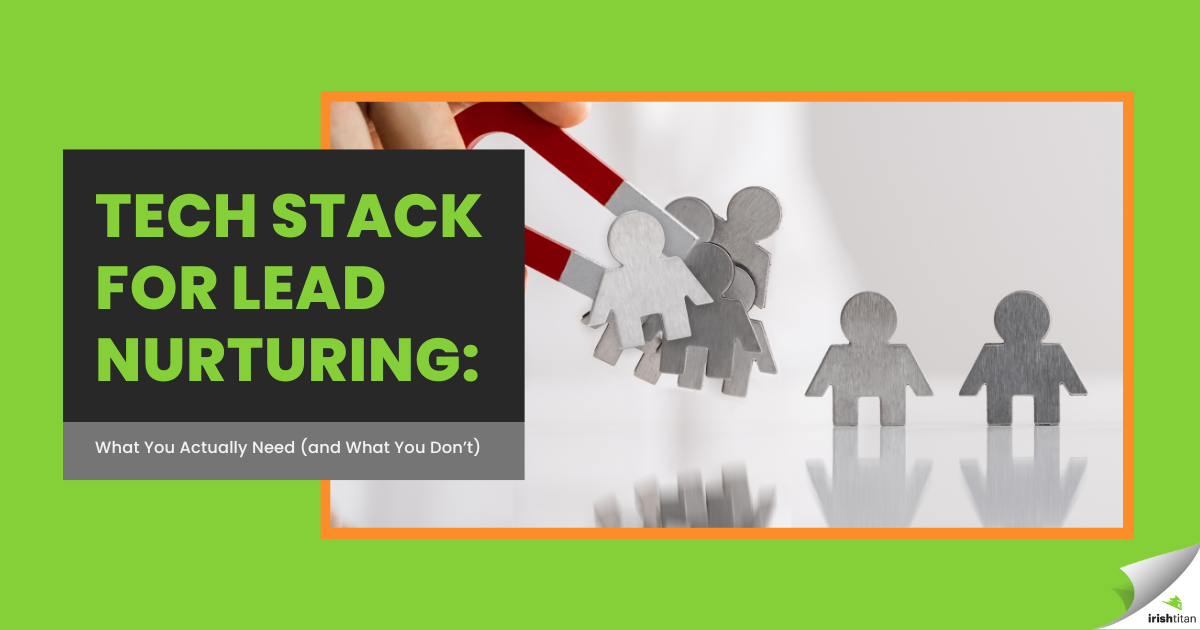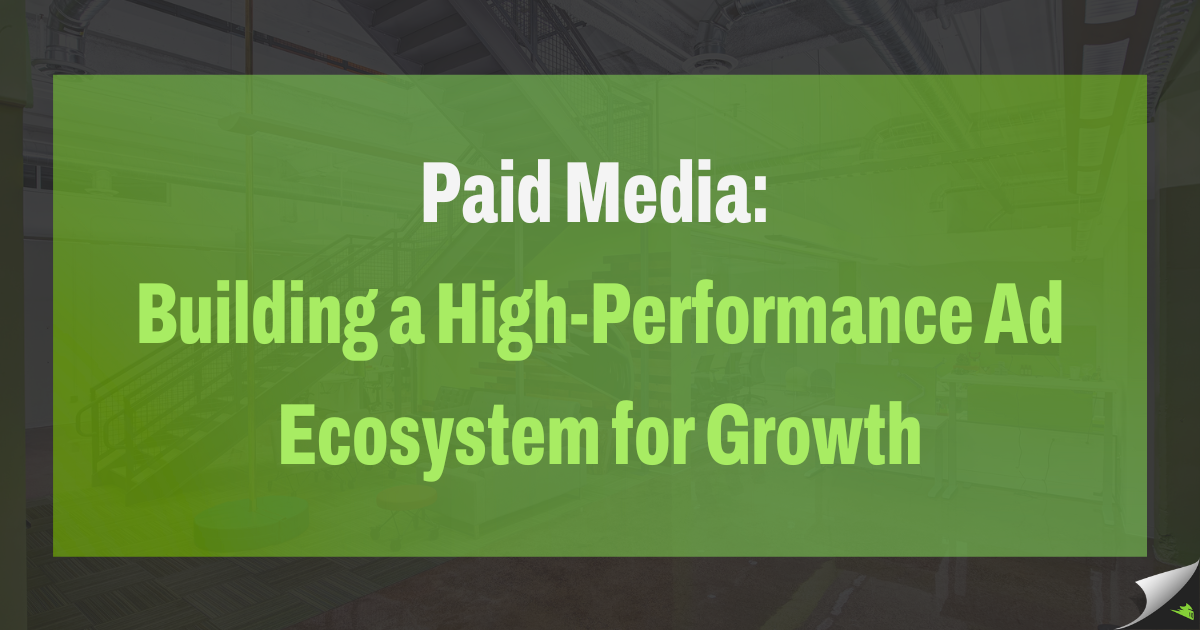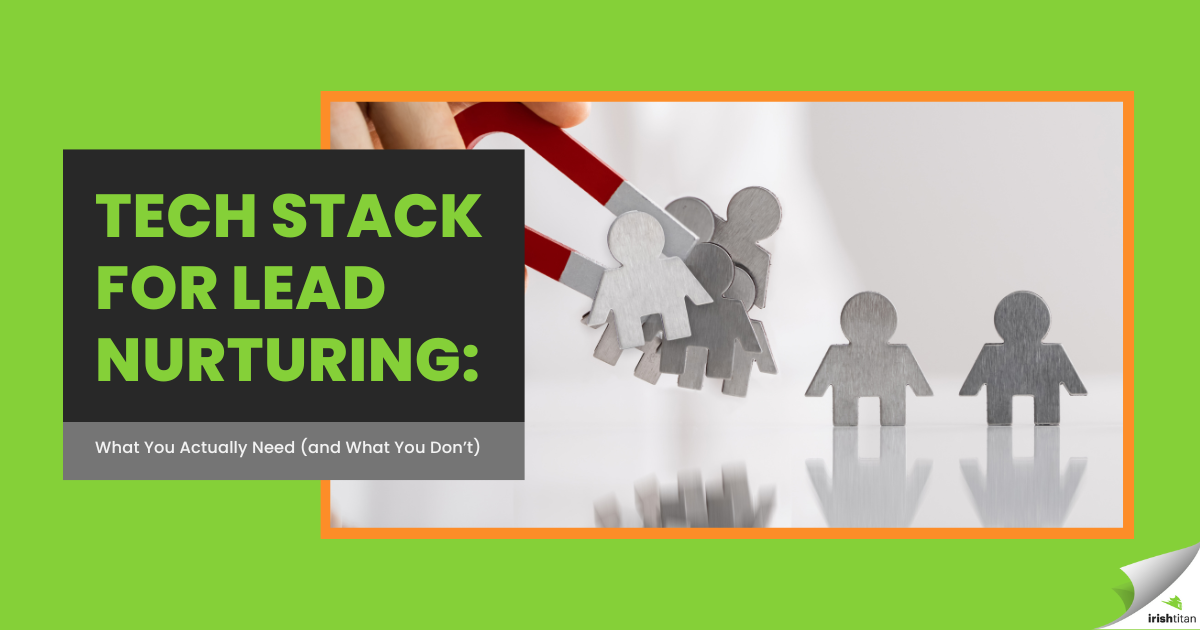Amazon & Walmart Ads: Your Secret Weapons for eCommerce Growth (You Just Didn’t Know It Yet)
Let’s be honest—if your ecommerce growth plan doesn’t include Amazon or Walmart Ads, you’re basically bringing a kazoo to a rock concert.
Sure, you’ve got your paid social dialed in. Maybe your Google Shopping campaigns are humming. But if you're not advertising where people are already primed to buy, you’re leaving carts abandoned, sales untapped, and your competitors laughing all the way to the digital bank.
So let’s fix that.
Why You Need to Show Up Where Shoppers Already Are
Amazon and Walmart aren’t just selling platforms. They’re full-blown search engines with built-in intent. People don’t go to Amazon to browse. They go to buy. Same goes for Walmart.com—especially when they need diapers, dog food, or a full patio set tomorrow.
And with marketplaces making up more and more of the ecommerce pie, showing up in searches—and above the fold—means paying to play.
Here’s the deal:
- Amazon captures over 40% of all US ecommerce sales.
- Walmart’s marketplace has over 120 million unique monthly visitors.
- Purchase intent on these platforms is miles ahead of your average Meta or Google display click.
Translation: Your ROI potential here is massive. Like “let’s-run-the-numbers-again-this-can’t-be-right” massive.
How the Ad Platforms Work (and Why They’re Different)
Let’s be clear: Amazon and Walmart are not copy-paste marketplaces. Their ad platforms reflect their strengths, priorities, and the types of shoppers they attract. Here's how to make the most of both:
Amazon Ads: The OG Powerhouse
Amazon Advertising isn’t just mature—it’s a full-blown ecosystem, tailored to drive purchase intent and push product velocity. The beauty of Amazon’s ad system? Every campaign feeds the beast: conversions from paid campaigns also boost your organic rankings, creating a virtuous cycle of visibility.
Here’s what’s in the toolkit:
-
Sponsored Products: These are the bread-and-butter placements. Your product shows up in search results, category pages, and even on competitor listings. They're triggered by specific keywords or relevant products, making them low-funnel, high-intent goldmines.
-
Sponsored Brands: A banner-style placement with your logo, a custom headline, and multiple featured products. Great for boosting brand visibility and cross-selling.
-
Sponsored Display: Retarget shoppers who viewed your product but didn’t buy, on and off Amazon. These ads follow users around the web, keeping your products top-of-mind.
-
Amazon DSP (Demand Side Platform): This is next-level stuff. Use Amazon’s rich audience data to programmatically buy ad placements across Amazon-owned properties and third-party websites and apps. DSP allows for precise targeting based on behavior, lifestyle, interest, and purchase data—far beyond what Meta or Google typically offers.
-
Custom Stores and A+ Content: While not technically ads, these support your ad efforts. A+ Content improves conversion. Your Amazon Storefront is a brand destination for Sponsored Brand campaigns.
Pro Tip: The more mature your brand on Amazon (reviews, inventory, conversion rates), the better your ads perform. Feed the algorithm what it loves.
Walmart Connect: The Rising Challenger
Walmart Connect is younger, but it's growing fast—and not just because it's piggybacking on Walmart's physical retail dominance. The platform is carving out a unique space in ecommerce advertising, especially for brands with omnichannel or mass appeal.
Here’s what you’re working with:
-
Sponsored Search Ads (PPC): These ads help your products show up in prominent search positions on Walmart.com and in the Walmart app. They’re similar to Amazon’s Sponsored Products but with a key difference: they can be influenced by both online behavior and in-store data.
-
Display Ads (Onsite and Offsite): Available through Walmart DSP (powered by The Trade Desk), these ads go beyond search—think homepage banners, category takeovers, and even ads on third-party sites. Walmart’s DSP leverages in-store purchase data to target online shoppers. That’s a unique superpower.
-
Sponsored Brands (Coming into Its Own): Still developing compared to Amazon, but allows for branding + product bundling play, especially helpful for well-known CPG brands.
-
In-Store Activations and Digital Shelf Ads: What makes Walmart really unique is its blend of physical and digital. You can run campaigns that influence both in-aisle and in-feed behavior. Example: Buy a shelf ad near a high-traffic item, and reinforce it with a retargeting ad online after a customer scans a QR code or uses their app.
Pro Tip: Walmart favors first-party sellers, so make sure your listings are optimized, inventory is stocked, and pricing is competitive. The platform is less forgiving than Amazon when it comes to poor content or OOS items.
Amazon vs. Walmart: Your Quick Punch up
| Feature | Amazon | Walmart |
|---|---|---|
| Maturity | Advanced & robust | Growing fast |
| Audience Size | Largest ecommerce player | Massive omnichannel base |
| Ad Types | Sponsored Products, Brands, Display, DSP | Sponsored Search, Display, In-store/Digital Shelf |
| Retargeting | Very advanced (DSP) | Getting stronger |
| Data Insights | High intent, ecommerce behavior | Online + in-store purchases |
| Best For | DTC brands, Amazon-native products, aggressive scaling | Omnichannel brands, CPG, household, grocery |
What You Gain (Besides More Sales)
Let’s talk about the real perks:
- Faster product velocity = higher organic rankings
- More control over brand perception (no more “why is THAT showing up under our brand name?”)
- Audience retargeting to keep you top of mind and top of cart
- Real-time data that feeds back into your pricing, bundling, and inventory strategy
- Defensive ad play to block competitors from poaching your branded searches
Myths to Toss in the Trash
Let’s clear the air:
- “We already rank well organically.” → Cool, but that’s only half the shelf. Ads get you the top.
- “Amazon Ads are too expensive.” → Not compared to losing sales daily.
- “Walmart Ads don’t convert.” → They do—especially if you're omnichannel and grocery-adjacent.
Here’s the truth: Ecommerce growth doesn’t happen in silos. And your paid strategy shouldn’t either.
Amazon and Walmart Ads give you visibility, velocity, and verified buyers. If you’re ignoring them, you're not just missing clicks—you’re handing over sales on a silver platter. Whether you’re curious about Amazon DSP or wondering if Walmart Connect is worth it (hint: it is), we’re here to help.
More reads





More from Ecommerce...

Stop chasing shiny tools. Start building a stack that sells. Between the endless app directories, sales demos, and LinkedIn hot takes, it’s easy to get overwhelmed with tech. Every platform promises more leads, higher engagement, better ROI, and a head massage while you watch the conversions roll in.

If email and SMS are your lead generation MVPs, data privacy is the referee—and if you don’t play by the rules, you’re getting benched. As we continue this month’s focus on nurturing and converting leads, there’s one vital piece we can’t ignore: compliance. All the segmentation, personalization, and automations in the world won’t help you if your campaigns aren’t built on a solid, legal foundation.

These days, attention is the most valuable currency. Between competing brands, flooded inboxes, and distracted shoppers, you’ve got a narrow window to turn curiosity into clicks—and clicks into customers.
